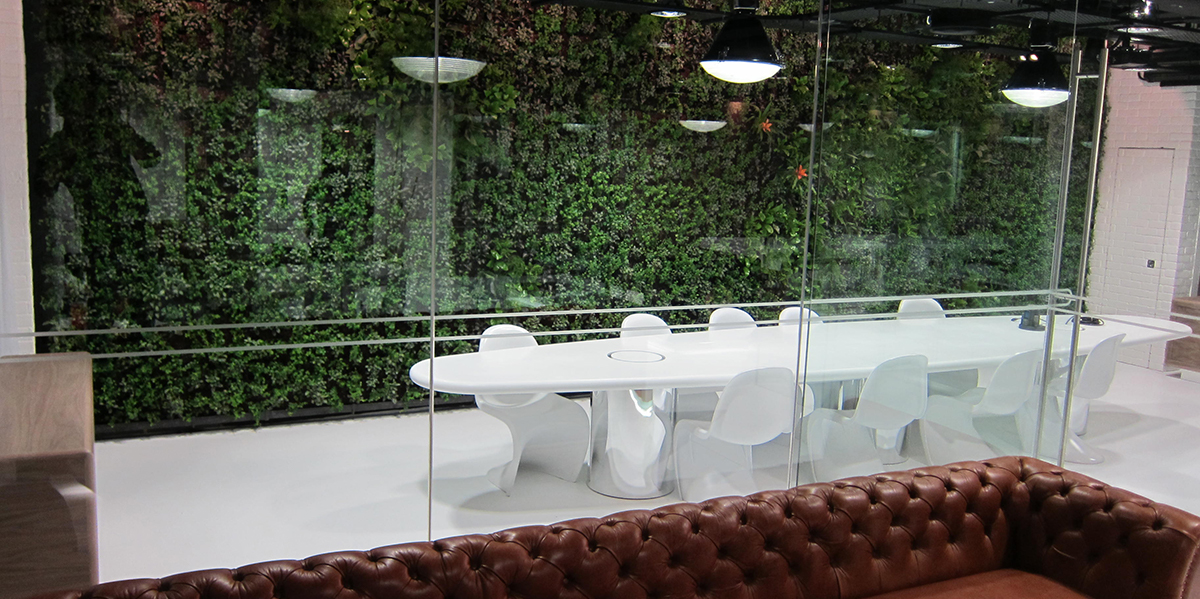While incorporating elements of nature into a design project has undeniable aesthetic benefits, much can be said about the positive mental benefits of introducing biophilic design into a workplace design project. Bringing elements of biophilic design into your next project helps to build a creative and productive work environment for your client.
How does biophilic design contribute to a positive work environment?
A panel at the 2018 ‘Welcome to the Biophilic Concrete Jungle’ event made a strong case for the link between biophilic office design and the health and wellbeing of workers in the office. Biophilic design addresses the urban disconnect found in many workplaces and promotes productivity by creating a stimulating work environment.
Mental health charity, Mind support this argument, stating that bringing green or natural elements into your everyday life can positively affect your physical and mental wellbeing. As the office environment can often act as a catalyst for anxiety and mental health problems, creating an office design influenced by biophilic design will help create a productive and positive environment for a client and their staff.
How to include elements of biophilic design naturally?
Depending on the brief from your client and the space available, it is sometimes more practical to bring elements of biophilic design into a design plan, rather than create an entire office dedicated to biophilic design. Some effective ways to include aspects of biophilic design into an office include…
1. Feature wall
A feature wall covered in plants can be an excellent way to include nature in a workplace with limited space. This not only has physical benefits, as the plants will increase oxygen levels in the office, but visual benefits too, as the wall will act as a bright pop of colour. Living walls have been linked to increased productivity, workplace satisfaction and reduced energy costs.
2. Natural materials
When selecting office furniture, consider selecting furniture made of natural materials. The texture of wooden furniture is much more natural than its plastic alternative and can be a practical way to include elements of nature in the workplace. Natural doesn’t always mean wooden, consider the use of stone, marble and other natural materials to create features.
3. Let the light in
Like plants, humans need natural lighting. Natural light helps our bodies to sleep and produce vitamin D among many other benefits. Allowing as much natural light as possible into an office gives employees visual access to nature and helps foster employee wellbeing. According to a Human Spaces report, 30% of EMEA office workers don’t have access to natural light. Considering that natural light and views of the outdoors have a major impact on employee wellbeing, productivity and energy levels, this is a worrying insight.
